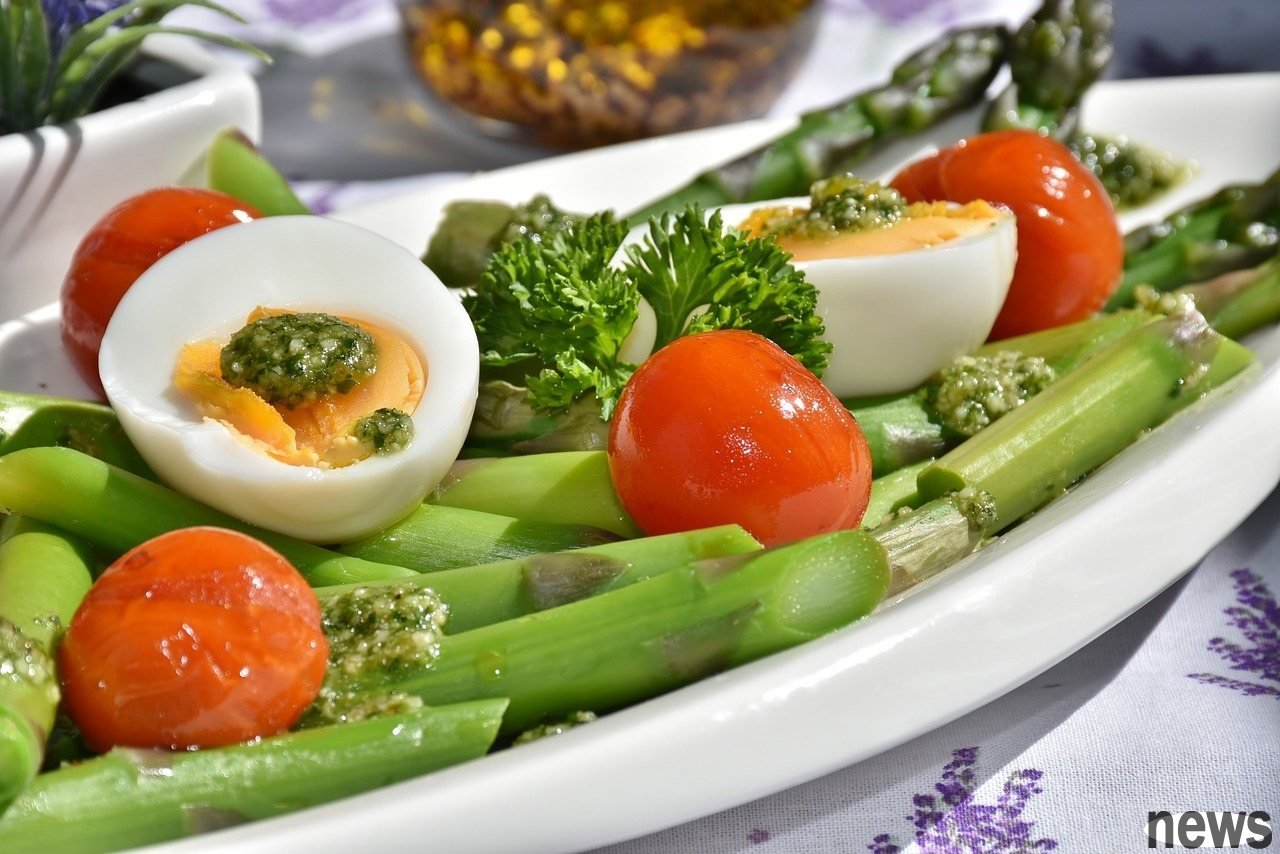
Many people often hear that girls need to replenish more iron, but why do women need to pay more attention to iron quality ingestion than men? And what risks does shortages bring to physical health? Japanese internal medicine doctor Naoshi Kaji will share with you the precautions for women to replenish iron.
The difference between deficiency and bloodThe deficiency refers to the condition of insufficient iron quality in the body. Iron is a necessary element in the production of hematopoietic redox. Blood redox delivers oxygen to the human body. Therefore, when iron is insufficient, oxygen delivery will lead to symptoms such as fatigue and head injury. The reason for iron deficiency may be: bleeding leads to iron quality loss, increased demand for iron quality during growth, and diet and absorption problems.
The blood deficiency is a common cause of blood circulation, but it may also be due to vitamin B12 deficiency, leaf acid deficiency, insufficient protein, and poor nutrition.
Many people think that blood deficiency is related to iron deficiency. The lack of iron is indeed one of the causes of blood deficiency, but there are many causes of blood deficiency. If the public develops blood deficiency, they still need to conduct professional blood tests.
Why are women more likely to lack iron than men?In addition to menstrual periods, women lose their iron quality, pregnancy, childbirth and breastfeeding are also the causes of iron deficiency, especially after 30 years of age, the age of uterine fibroids, which is likely to lead to an increase in blood volume. If there is a lack of protein and iron in the diet, the insufficient iron quality will become more serious.
Iron shortage crisis for professional women aged 30-40Women in their 30-40 usually face two stages of life when they are busy. They are prone to neglecting the nutrition of three meals, and even replace the meal with a bun and coffee. Some women even want to eat and avoid red meat or fish, which leads to physical shortage.
Iron quality management during menopauseWhen entering menopause, due to the decrease of estrogen, it is easy to cause symptoms such as fatigue, palpitations, and head injury. It may also cause anxiety, insomnia or memory loss. During this period, it is recommended to eat a balanced diet and pay attention to the intake of natural estrogen, calcification, vitamin D and other nutrients.

1. Eat more meats rich in red veins, such as beef, pork, and liver and beans. The "red veins" contained in these foods are easily absorbed by the body.
2. Replenishing non-redox iron
For vegetarians, "non-redox iron" can also be obtained through plant-based diets, such as bean products, spinach, green cauliflower, fruit grains, and lemons. It should be noted that the absorption rate of non-redox iron is poor, and it is recommended to use vitamin C to improve the absorption rate.
3. Avoid the foods that interfere with iron absorption, tannin acid in tea and coffee will hinder the absorption of iron, especially non-rederin iron. It is recommended to avoid drinking tea or coffee for 1 to 2 hours after eating non-rederin iron.
4. Precautions for replenishing irons
Some people who are experiencing blood or during pregnancy will rely on irons to replenish irons, but there are a variety of nutrients on the market. If you buy them without authorization, it is best to consult the doctor before use and choose high-quality products recommended by professional medical institutions. It is important to note that iron agents with high absorption rates such as amino acid chelating irons. Excessive infusion may cause organ damage, so it is necessary to take them as directed by the medical treatment.
